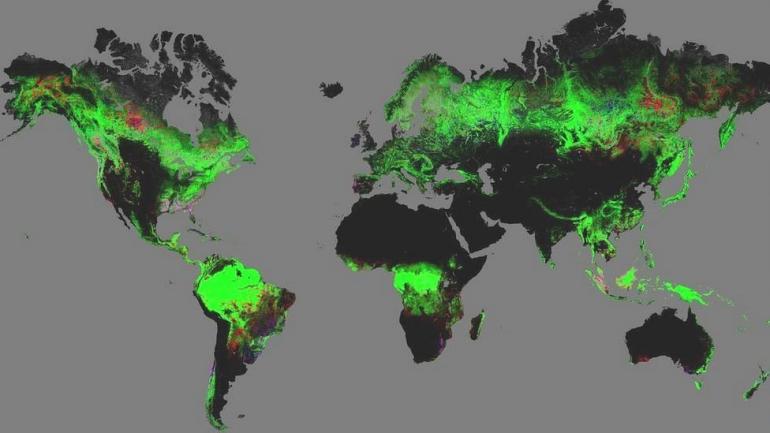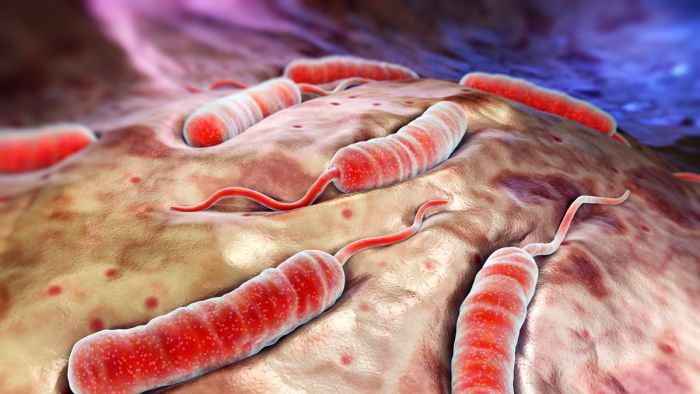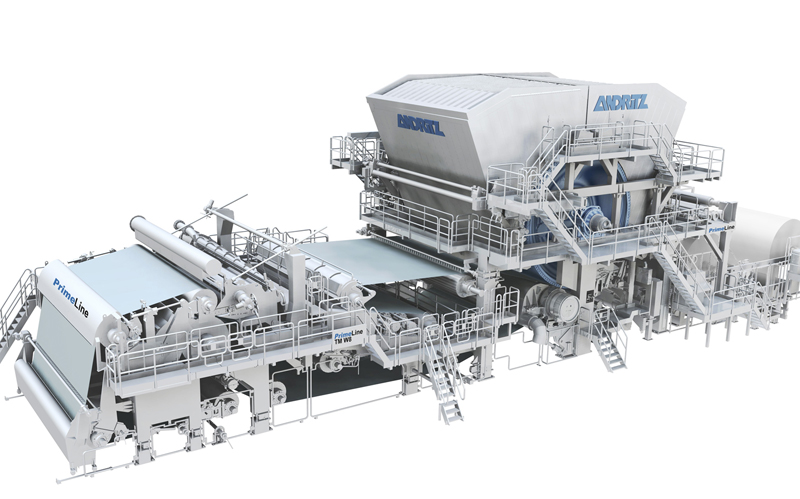Renewable Fibers
“Renewable” and “Recycled” are very hot words these days and the paper industry has been using renewable and recyclable raw materials – wood fibers – for 100s of years. The Renewable fibers used in papermaking quite literally grow on trees, and come mainly from sustainable, managed forests and tree plantations. In a few countries there is still, unfortunately, a minor portion of papermaking fibers that come from non-sustainable sources, but that percentage is decreasing all the time, thankfully.
In addition, around 35% of wood fibers being used for tissue making come from recycled paper sources like recovered office paper or packaging cartons.
Image: Seedlings before replanting in a renewable, sustainable forest >>












